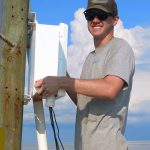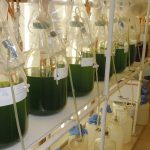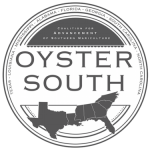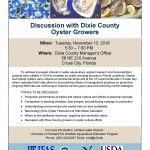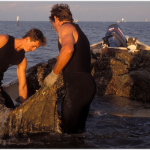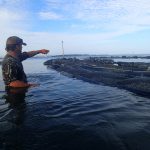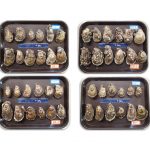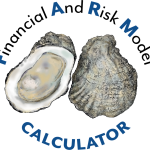
Oyster FARM (Financial And Risk Model) Calculator
Risk in oyster farming, as in all agriculture and aquaculture production, is any event that a grower cannot control but affects the grower’s operation. However, various types of risk can be forecasted based on historical events and trends. A financial tool has been developed using these findings, which allows oyster growers to generate predictive costs and revenues for their farms and investment situation. This Calculator quantifies environmental and economic risks associated with oyster culture using damage reports, grower estimates, and historical data. Developed using Microsoft Excel 2018, the Calculator is compatible with previous Excel versions. First, growers enter their individual


